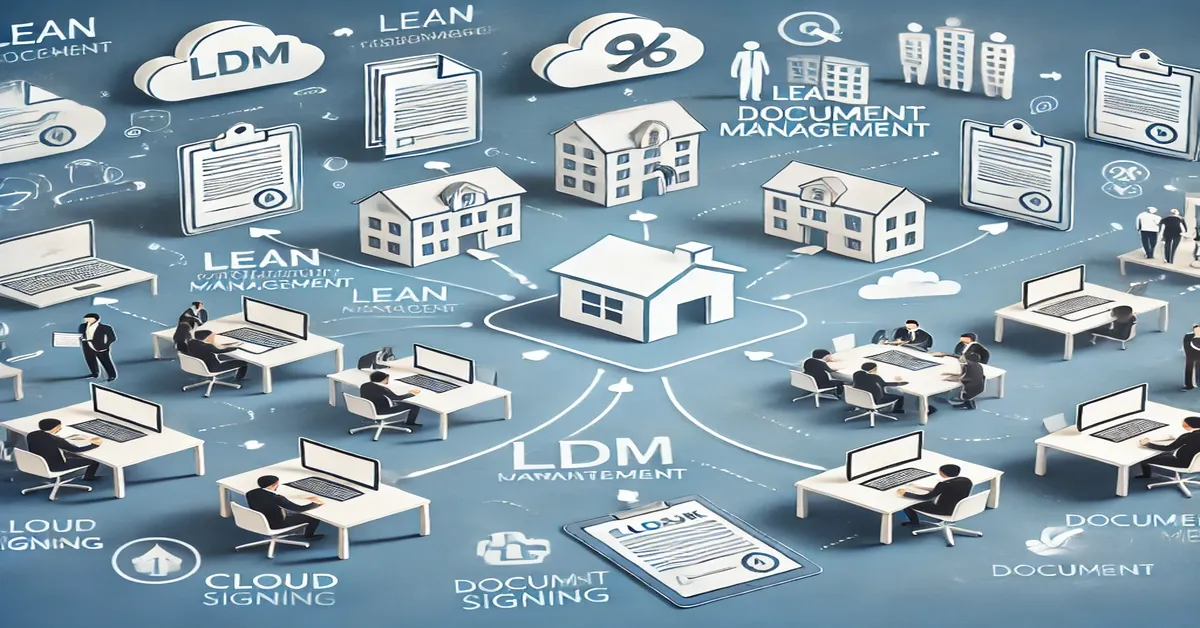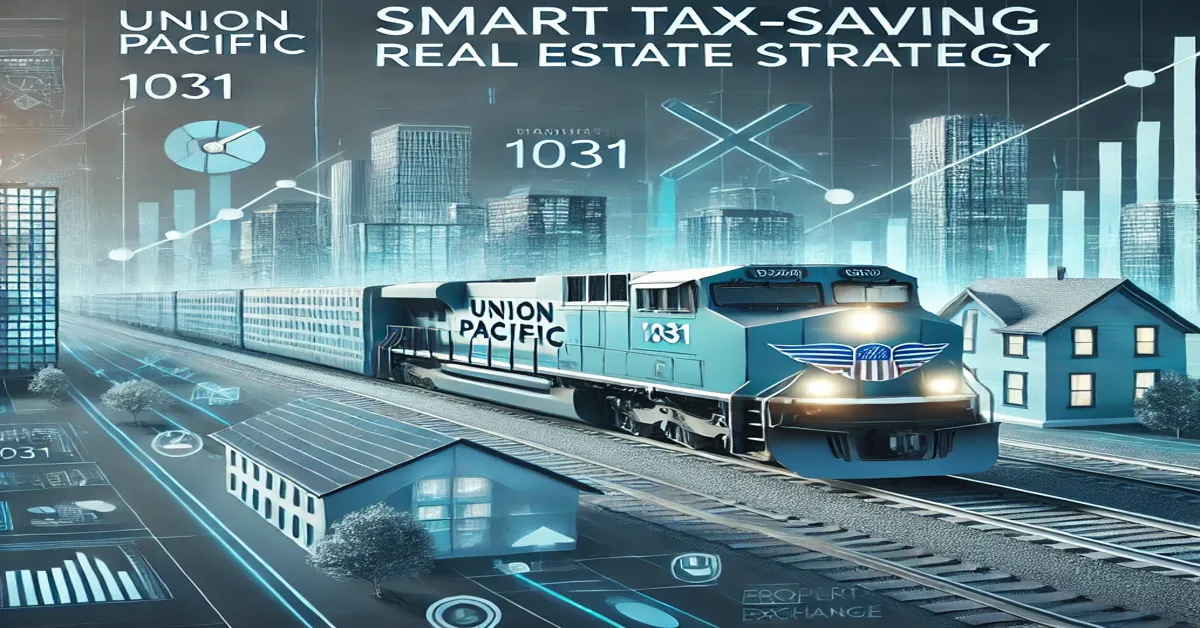The real estate industry is fast-paced, with numerous transactions involving vast amounts of paperwork. From contracts and property titles to permits and financial records, managing documents efficiently is crucial for a smooth process. In this environment, the Lean Document Management (LDM) process has emerged as a game-changer, inspired by the principles of lean manufacturing. The LDM process aims to maximize value by eliminating waste, streamlining document handling, and ensuring that every step adds value to the transaction.
In this article, we’ll explore the LDM process in real estate and how it enhances efficiency, reduces costs, and simplifies the document management process. Whether you’re a real estate professional, an investor, or a property owner, understanding the LDM process can help improve your transaction experience and ensure smoother operations.
What is the LDM Process in Real Estate?
The Lean Document Management (LDM) process is a strategic approach to handling documents in real estate. Inspired by lean manufacturing principles, the LDM process focuses on reducing waste, increasing efficiency, and delivering maximum value to all parties involved. It involves eliminating unnecessary steps, optimizing document workflows, and ensuring that every action taken adds value to the transaction.
In real estate, managing documents can be a complex and time-consuming task. The LDM process helps streamline this by focusing on tasks that directly impact the successful completion of a transaction, while eliminating redundant or non-essential steps.
Key Principles of the LDM Process in Real Estate
1. Minimizing Waste
A core principle of the LDM process is the reduction of waste, which includes not just physical waste like excess paper but also wasted time, effort, and resources. In traditional document management systems, real estate professionals may find themselves bogged down by unnecessary steps, such as repeatedly entering the same information or manually filing paperwork.
By adopting the LDM process, these inefficiencies are identified and eliminated. This allows for a smoother, faster, and more cost-effective document management process, which ultimately benefits all stakeholders involved in a real estate transaction.
2. Maximizing Value
In the LDM process, value is defined as any activity that directly contributes to the successful completion of a real estate transaction. This could include preparing contracts, securing permits, verifying property titles, or ensuring compliance with regulations. Non-value-adding tasks, such as redundant document reviews or outdated filing methods, are minimized or removed entirely.
Maximizing value means focusing on essential tasks that drive the process forward, ensuring that time and resources are used efficiently.
3. Streamlining Document Workflows
The LDM process emphasizes the importance of creating streamlined workflows that eliminate bottlenecks and unnecessary steps. In real estate, document workflows often involve multiple parties, including realtors, buyers, sellers, lenders, and legal professionals. By optimizing the flow of documents between these parties, the LDM process helps prevent delays and miscommunication.
Streamlined workflows also ensure that documents are processed more quickly and accurately, reducing the likelihood of errors that can disrupt a transaction.
4. Embracing Digital Transformation
Incorporating technology is a key component of the LDM process. While real estate has traditionally been paper-heavy, digital solutions have become essential for streamlining document management. By using electronic signatures, cloud storage, and automated document tracking systems, real estate professionals can significantly enhance the speed and efficiency of transactions.
The digital transformation also allows for easier collaboration between all parties involved in a transaction, reducing the need for physical meetings and paper exchanges. This not only speeds up the process but also ensures that everyone has access to the most up-to-date information.
Benefits of the LDM Process in Real Estate
1. Increased Efficiency
One of the primary benefits of the LDM process is improved efficiency. By eliminating unnecessary steps and focusing on value-adding activities, the document handling process becomes much smoother and quicker. Real estate professionals can complete transactions in less time, allowing them to focus on more important tasks, such as building client relationships and closing deals.
2. Cost Savings
Reducing waste and inefficiency through the LDM process also leads to significant cost savings. By minimizing the need for manual document handling, storage, and printing, real estate firms can reduce their operational costs. Additionally, fewer delays and errors mean that transactions are completed on time, avoiding costly setbacks.
3. Enhanced Collaboration
In real estate, multiple parties are often involved in a single transaction. The LDM process fosters better collaboration by streamlining the flow of documents and ensuring that everyone has access to the necessary information. Digital tools such as cloud storage and automated document sharing allow for seamless communication between realtors, buyers, sellers, and other stakeholders.
4. Improved Compliance
Regulatory compliance is critical in real estate transactions. The LDM process helps ensure that all necessary documents are correctly handled, filed, and stored, minimizing the risk of errors or omissions that could lead to legal issues. By organizing documents in a standardized, easy-to-access format, real estate professionals can ensure they are meeting all legal requirements.
5. Reduced Risk of Errors
Manual document handling can lead to mistakes, which can disrupt real estate transactions and cause delays. The LDM process reduces the risk of errors by implementing automated systems and standardized workflows. This ensures that documents are processed accurately and consistently, minimizing the chance of costly mistakes.
Implementing the LDM Process in Real Estate
1. Assessing Current Document Management Practices
The first step in implementing the LDM process is to assess your current document management practices. Identify areas where inefficiencies exist, such as redundant document reviews, excessive paperwork, or delays in processing. This will help you pinpoint where changes are needed and how the LDM process can be applied to improve these areas.
2. Adopting Digital Tools
To fully leverage the benefits of the LDM process, it’s essential to adopt digital tools that streamline document management. This includes electronic signature software, cloud-based document storage, and automated workflows. These tools allow for faster, more accurate document handling and reduce the need for physical paperwork.
3. Training Employees
For the LDM process to be effective, employees must be trained in lean document management principles. This includes teaching them how to identify waste, optimize workflows, and focus on value-adding activities. By ensuring that everyone is on the same page, real estate firms can implement the LDM process more effectively.
4. Continuous Improvement
The LDM process is not a one-time implementation—it requires continuous improvement. Regularly reviewing your document management practices and seeking ways to improve efficiency is crucial to maintaining the benefits of the LDM process. By fostering a culture of continuous improvement, real estate professionals can ensure that their document handling processes remain efficient and effective.
Challenges of the LDM Process in Real Estate
1. Resistance to Change
One of the primary challenges of implementing the LDM process is resistance to change. Some real estate professionals may be hesitant to adopt new digital tools or change their traditional document handling practices. Overcoming this resistance requires clear communication about the benefits of the LDM process and how it can improve their work.
2. Initial Investment in Technology
While the LDM process can lead to long-term cost savings, there may be an initial investment required to adopt digital tools and train employees. However, the benefits of improved efficiency, reduced errors, and faster transactions often outweigh the initial costs.
3. Maintaining Compliance with Regulations
As the real estate industry is highly regulated, any changes to document management processes must ensure compliance with relevant laws and regulations. Implementing the LDM process requires careful attention to legal requirements to avoid potential issues.
The Future of the LDM Process in Real Estate
As technology continues to advance, the LDM process in real estate is expected to evolve. Automation, artificial intelligence, and blockchain technology are likely to play a significant role in the future of document management. These technologies can further enhance efficiency, reduce errors, and provide even greater transparency in real estate transactions.
The LDM process will continue to be a valuable tool for real estate professionals seeking to improve their document handling practices, reduce waste, and deliver maximum value to their clients.
Conclusion
The LDM process in real estate offers a transformative approach to document management by focusing on efficiency, reducing waste, and maximizing value. By streamlining workflows, adopting digital tools, and continuously improving document handling practices, real estate professionals can enhance collaboration, save time and costs, and reduce the risk of errors.
In an industry where accuracy and speed are critical, the LDM process stands as a powerful method for improving operations and ensuring smoother, more successful transactions. As the real estate market continues to evolve, embracing the LDM process will remain essential for those looking to stay competitive and deliver the best possible service to their clients.
For More Stories Visit the Blog Minterest.org
FAQs
Q1: What is the LDM process in real estate?
The LDM process in real estate focuses on reducing waste and maximizing value by streamlining document management tasks.
Q2: How does the LDM process improve efficiency?
It eliminates unnecessary steps and uses digital tools to speed up document handling and improve accuracy.
Q3: What are the benefits of the LDM process?
The LDM process leads to faster transactions, reduced costs, better collaboration, and improved compliance with regulations.
Q4: How does digital transformation play a role in the LDM process?
Digital tools like cloud storage and electronic signatures make document handling faster, more accurate, and easily accessible to all parties.
Q5: What challenges are associated with implementing the LDM process?
Challenges include resistance to change, initial investment in technology, and ensuring compliance with regulations.
Q6: How does the LDM process reduce waste in real estate?
It minimizes waste by eliminating redundant tasks, reducing paperwork, and focusing on activities that add value to transactions.
Q7: How does the LDM process benefit real estate professionals?
It saves time, reduces errors, enhances client satisfaction, and allows professionals to focus on building client relationships and closing deals.










